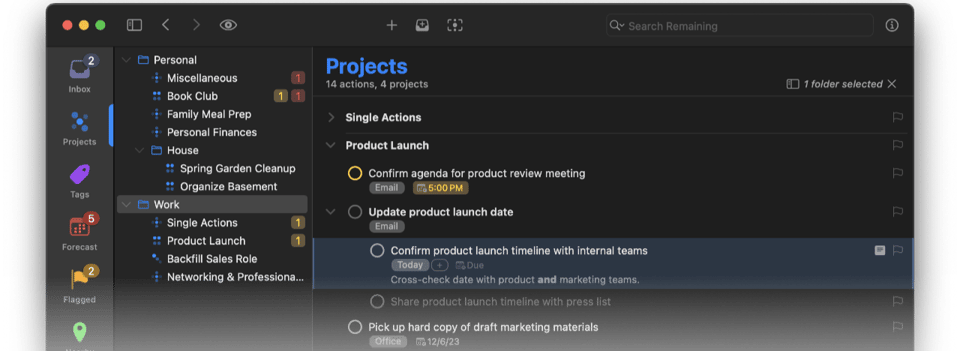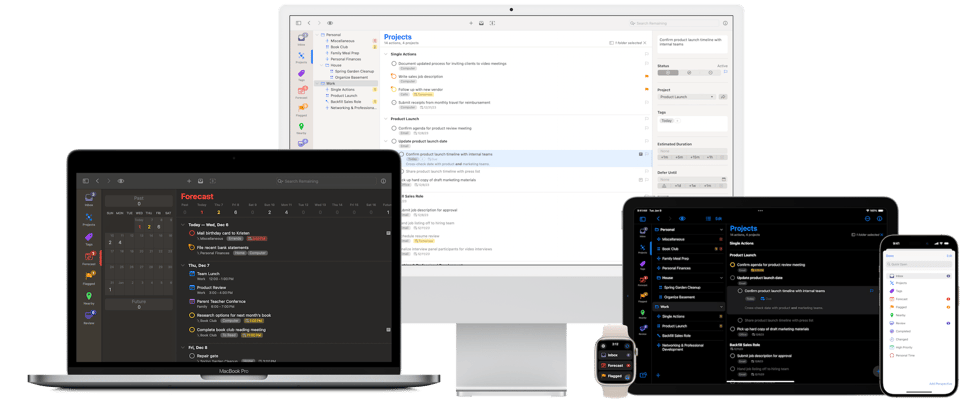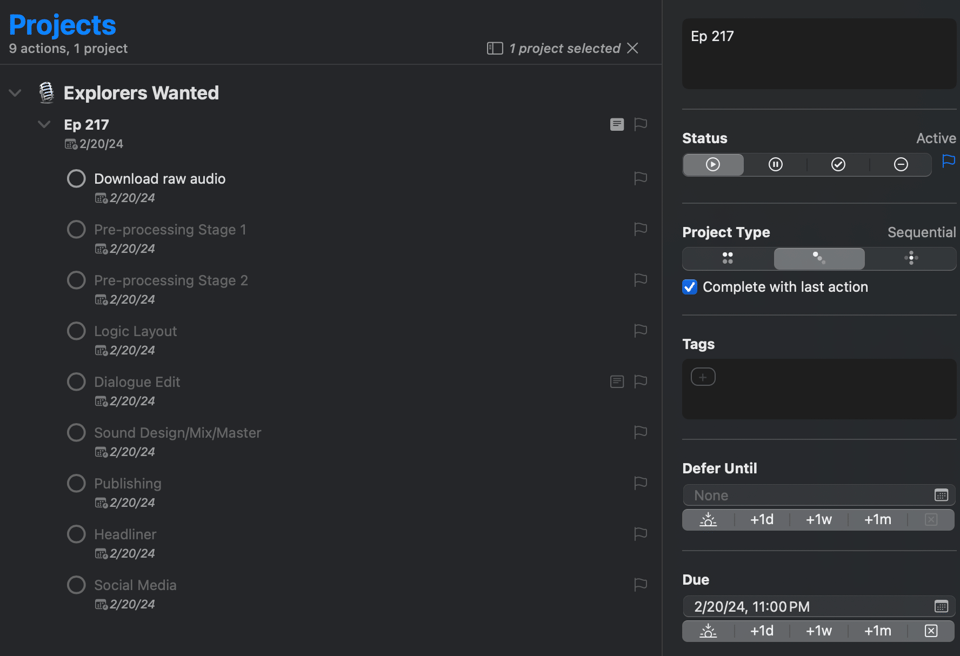This week's dispatches from the Ministry of Intrigue
Hello, faithful reader.
We published the following fresh dispatches this week:
Scientific American: Brains Not Required for Cognition
Feb. 8, 2024, 07:08 p.m.
Rowan Jacobson, in this month’s issue of Scientific American, has written an article that is chock-full of mind-blowing implications for how we understand cognition, memory, and cellular development. I highly encourage you to read the whole thing, but here are just a few examples.
It turns out that regular cells—not just highly specialized brain cells such as neurons—have the ability to store information and act on it. Now Levin has shown that the cells do so by using subtle changes in electric fields as a type of memory. These revelations have put the biologist at the vanguard of a new field called basal cognition. Researchers in this burgeoning area have spotted hallmarks of intelligence—learning, memory, problem-solving—outside brains as well as within them.
…
In recent years interest in basal cognition has exploded as researchers have recognized example after example of surprisingly sophisticated intelligence at work across life’s kingdoms, no brain required. For artificial-intelligence scientists such as Bongard, basal cognition offers an escape from the trap of assuming that future intelligences must mimic the brain-centric human model. For medical specialists, there are tantalizing hints of ways to awaken cells’ innate powers of healing and regeneration.
Importantly, this is not only present in animal life.
The bigger challenge comes from evidence of surprisingly sophisticated behavior in our brainless relatives. “The neuron is not a miracle cell,” says Stefano Mancuso, a University of Florence botanist who has written several books on plant intelligence. “It’s a normal cell that is able to produce an electric signal. In plants almost every cell is able to do that.”
In fact, the article goes on to cite laboratory research detailing evidence of basal cognition not only in plants, but even in single-celled creatures such as slime molds! And from there, the implications of these bioelectric discoveries get even more bizarre.
For more confirmation that bioelectricity could control body shape and growth, Levin turned to African clawed frogs, common lab animals that quickly metamorphose from egg to tadpole to adult. He found that he could trigger the creation of a working eye anywhere on a tadpole by inducing a particular voltage in that spot. By simply applying the right bioelectric signature to a wound for 24 hours, he could induce regeneration of a functional leg. The cells took it from there.
Honestly, a jaw-dropping article in every way.
OmniFocus Life
Feb. 5, 2024, 06:59 a.m.

After 14 years away, I’m back to living that OmniFocus lifestyle. Way back when, before I had received my formal diagnosis for ADHD, I bounced between so many task management systems with excitement as I struggled to get control over my life.1 I had tried OmniFocus for a bit, but at the time thought it was too fiddly and was lured away by Things, which had a faster release cycle and adopted new iOS features quickly.
What Brought Me Back? #
This is the question I hear you asking, my imaginary reader, and the answer is rooted in a hobby project. I’ve long lamented that in any work environment you end up with multiple inboxes of tasks. For example, I work at a software company, run a small podcast media company, maintain a couple open-source projects, and am a parent, so the means with which I can be assigned tasks include:
Microsoft Teams 2
Family calendars/texts
My personal to-do list
This has always annoyed me, because it means that if I want to organize my time, I need to incorporate those all into a master to-do list and then keep them all in sync. I wanted to be able to keep these all in sync with my personal system, which at the time was still Things. So I started an ambitious web app that could sync those tasks over an API, and support the creation of multiple backend engines. Creating that master database forced me to think about how I’d ideally manage said tasks, and after a couple months to poking of tinkering, I realized with a shock that I was simply reimplementing OmniFocus and its built-in automation support!
So, I resolved to revisit OmniFocus and see if I was wasting effort on a separate system.3
Testing the Waters #
First of all, since I last used OmniFocus 2, the fine folks at Omni Group had radically improved the look and feel of the application, as well as building out a fully-featured web version. In doing so, it had preserved the features I knew and loved from the old version, such as defer and due dates that included a scheduled times, built in task review support, easy capture, and robust support for different types of projects.4

I’ve now been using OmniFocus exclusively as my primary task manager since last October, and it has been like slipping into a warm bath. It’s both familiar and new, and has been keeping my life organized. Automation plugins– like the excellent Templates for Omnifocus by Kaitlin Salzke –have been helpful additions, particularly with things such as podcast episode production.

What’s Next? #
Now that I’m confident that OmniFocus is the right tool for my current situation, I’ll start looking into additional syncing tools to enhance my ability to capture and update tasks from my many other inboxes. And as I make progress, I’ll be sure to share updates here!
Not even kidding. For example, here’s a non-inclusive list:
A
todo.txtfile
hissssssss ↩︎
Spoiler alert: I was doing exactly that. ↩︎
This is really important when you are a knowledge worker with lots of projects. You need to be able to differentiate between projects that contain:
Single actions which represent any kind of loosely related busy work that needs to get done.
Parallel tasks that can be done in any order based on their priority and urgency.
Sequential tasks that must be completed in a specific order based on their dependencies.
Analog methods work poorly for me. I need to be able to do ubiquitous capture and search. The manual work involved in BuJo doesn’t gel well with the number of projects and contexts I need to stay on top of each week. ↩︎
And that's it!